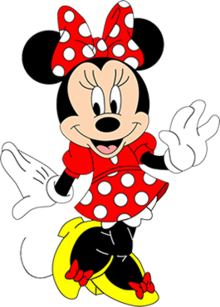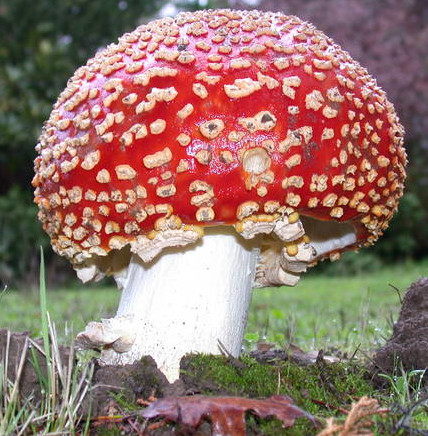Ancient Psychedelia: Alien Gods & Mushroom Goddesses
Online Book - Chapter 22, Page 425
Back to Online Book Mainpage / Next Page (Chapter 22, Page 426)
| One pill makes you larger, and one pill makes you small And the ones that mother gives you, don't do anything at all Go ask Alice, when she's ten feet tall And if you go chasing rabbits, and you know you're going to fall Tell 'em a hookah-smoking caterpillar has given you the call And call Alice, when she was just small When the men on the chessboard get up and tell you where to go And you've just had some kind of mushroom, and your mind is moving low Go ask Alice, I think she'll know When logic and proportion have fallen sloppy dead And the white knight is talking backwards And the red queen's off with her head Remember what the dormouse said Feed your head, feed your head – White Rabbit - Grace Wing Slick Chapter 22: Fairy Rings & Fairy Tales All of the fairy tales in this chapter have been paraphrased by myself, and include relevant sections within quotes. I am going endeavor to take the reader through the most relevant fairy tales that everyone is familiar with, and some that are not so familiar. The point being to illustrate how every single “fairy tale” is really a metaphor and allegory for the mushroom and to take the mind of the reader on a journey, similar to the myths we read about earlier. Some readers might question the point of reading fairy tales in a serious book on the history of mushrooms, but bear with me, as I think you’ll see the full importance at some point, if you have not already. The “fairy tale” is the post-alchemist mythology for the English and American colonies. These had evolved over time, since at least the time of Melusine and King Arthur in the early 1100s. Many of them were not known by the majority of folks, though, until the Grimm Brothers collected and published them in 1812. I assume many of us have not read these since we were kids and they contain some fascinating insights into the mushroom mythology. I have made the most sincere attempt to shorten everything for space consideration, while still imparting the main essence of the story to the reader. Disneyland is the main proponent, as we all know, of animated films and fairy tales, so it should come as no small surprise to people to see that Mickey Mouse and Minnie Mouse are mushroom characters. Minnie Mouse even wears a red and white polka dot dress and bow tie in her hair (90h).  (90a) Inside Cover Page Grimms Fairy Tales 1812 |
  (90h) Minnie Mouse Snow White In the story of Snow White and the Seven Dwarfs, there are several elements of shamanism involved. Snow White was a German fairy tale first published in the first edition of Grimms’ Fairy Tales in 1812. The inside cover of this book is very revealing, I think (90a). Let’s briefly revisit the story. Keep in mind, when it snows in places where A. muscaria grows, they will pop up out of the Christmas snow, so they can be seen as red caps against a snow-white background: “Once upon a time in the middle of winter, when the flakes of snow were falling like feathers from the sky, a queen sat at a window sewing, and the frame of the window was made of black ebony. And whilst she was sewing and looking out of the window at the snow, she pricked her finger with the needle, and three drops of blood fell upon the snow. And the red looked pretty upon the white snow, and she thought to herself, would that I had a child as white as snow, as red as blood, and as black as the wood of the window-frame. Soon after that she had a little daughter, who was as white as snow, and as red as blood, and her hair was as black as ebony, and she was therefore called little Snow White. And when the child was born, the queen died.” Snow White grows up and when she reaches the age of seven the new Queen spies her through her looking glass, and learns she is not as fair as Snow White and the new queen grew angry and jealous and sent for Snow White to be killed. As she was led through the forest the one who was to kill her had mercy and allowed her to run free. She then came upon a home of seven dwarfs. |
Go Back to Page 424